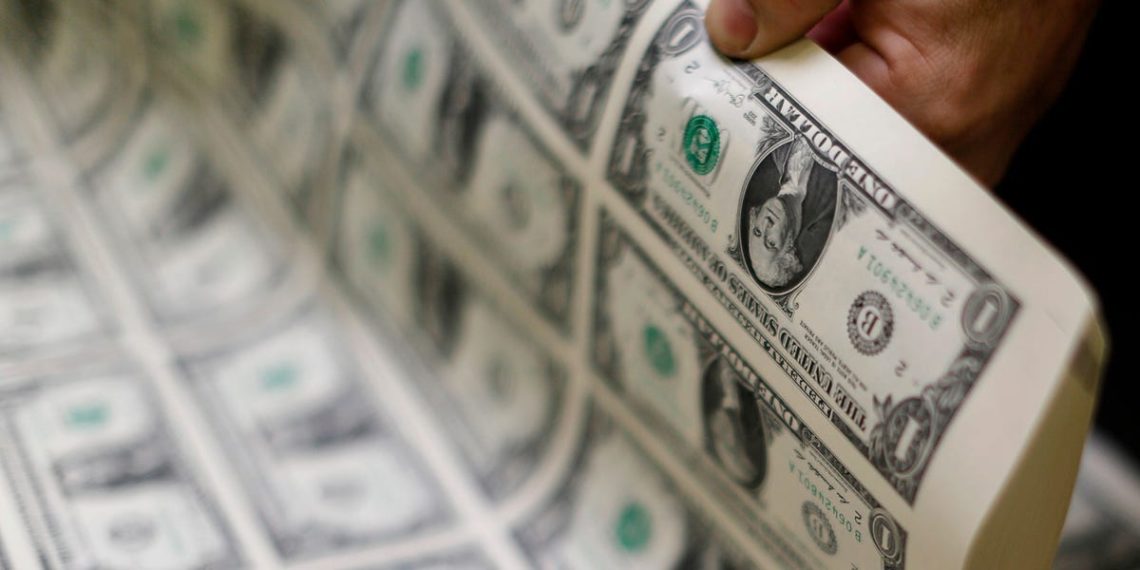
Peter Dazeley/Getty Images
A weaker US dollar could increase prices for everything from your Walmart run to a European vacation.
The US dollar index has fallen more than 8% so far in 2025. That puts the currency at its weakest point in roughly three years (just checking data on this)
If it stays low, the dollar is likely to cost US consumers more money — even if they never leave the country.
“The US dollar’s purchasing power in global markets, whether for imported goods or US tourists traveling to foreign countries, is taking a beating,” said Eswar Prasad, a professor of trade policy at Cornell University.
Along with tariffs, a weaker dollar creates a “double whammy” for consumers, said Paolo Pasquariello, a professor of finance at the University of Michigan’s Ross School of Business.
President Donald Trump paused plans to impose a series of tariffs on markets including Canada and the European Union earlier this month. He moved forward, though, with higher duties on imports from China, which produces consumer goods from electronics to furniture that wind up on shelves at US stores.
Imported goods “are going to cost more because of the tariffs,” he said. “They’re going to be transferred almost entirely onto the consumers,” Pasquariello added. “But so is the devaluation of the dollar.”
One obvious effect of the dollar’s plunge is that traveling overseas — and paying for things in euros, yen, or pounds — will be more expensive for Americans.
With the summer travel season nearing, tourists might find hotel rooms in Paris or high-speed train tickets in Japan more expensive than they would have been a few months ago.
Yet consumers who don’t leave the US could also see higher prices on their shopping trips, Pasquariello said.
The US still relies on China for many imports. Tariffs could still increase on imports from many other countries at the end of the 90-day pause that Trump instituted in early April.
Retail chains, including Walmart and Dollar General, rely on imports to keep many prices low, Pasquariello said. A weaker dollar could lead to higher prices for any imported goods, he added.
“I have trouble thinking of anything in our daily life that is not made abroad,” he said.
Aside from tariffs, many US households are still dealing with lingering higher prices after a run-up in inflation a few years ago, said Rob Williams, managing director of financial planning and wealth management research at Charles Schwab.
That could make another price hike hard to absorb, especially for consumers with low incomes. “The weaker dollar simply buys less,” Williams said.
In theory, the falling value of the dollar could make US exports more affordable to buyers abroad. But tariffs that other countries have imposed on US exports in response to the Trump administration’s own duties are likely to “more than offset the currency-induced changes in import and export prices,” Prasad said.
If the dollar remains weak, the full effects might not be apparent for months or years, Pasquariello said.
The dollar’s fall also indicates that investors — especially those outside of the US — are less interested in buying US treasury bonds, which allow the US government to spend money, he said. Over time, that could mean that the US will need to pay higher interest rates to borrow money abroad.
“Who pays for a higher borrowing cost?” Pasquariello said. “The American taxpayer.”
The post The weak dollar is about to hit your summer plans appeared first on Business Insider.




